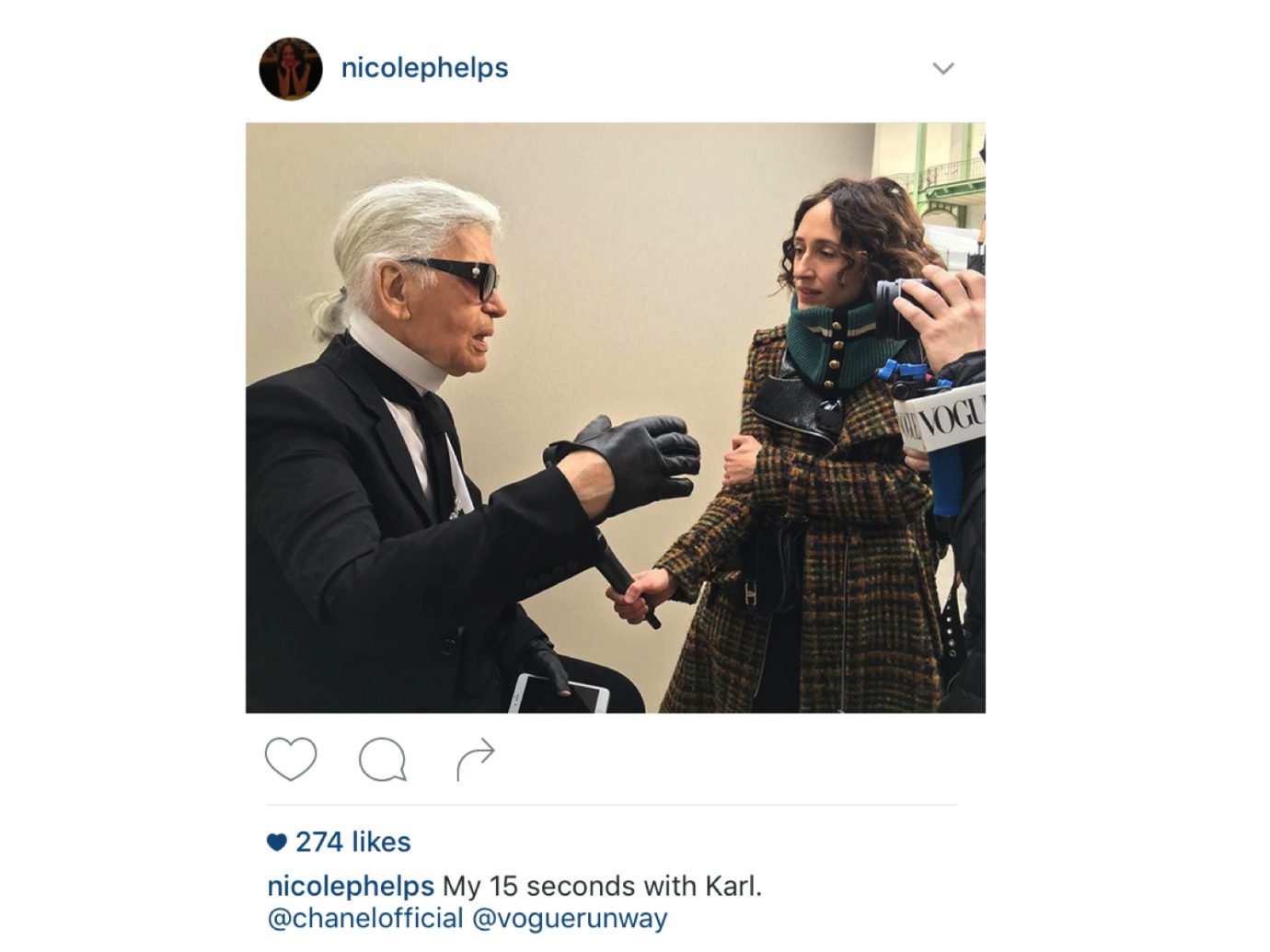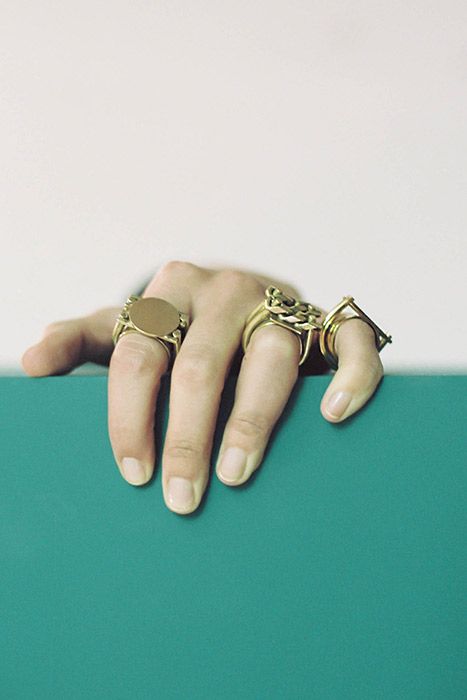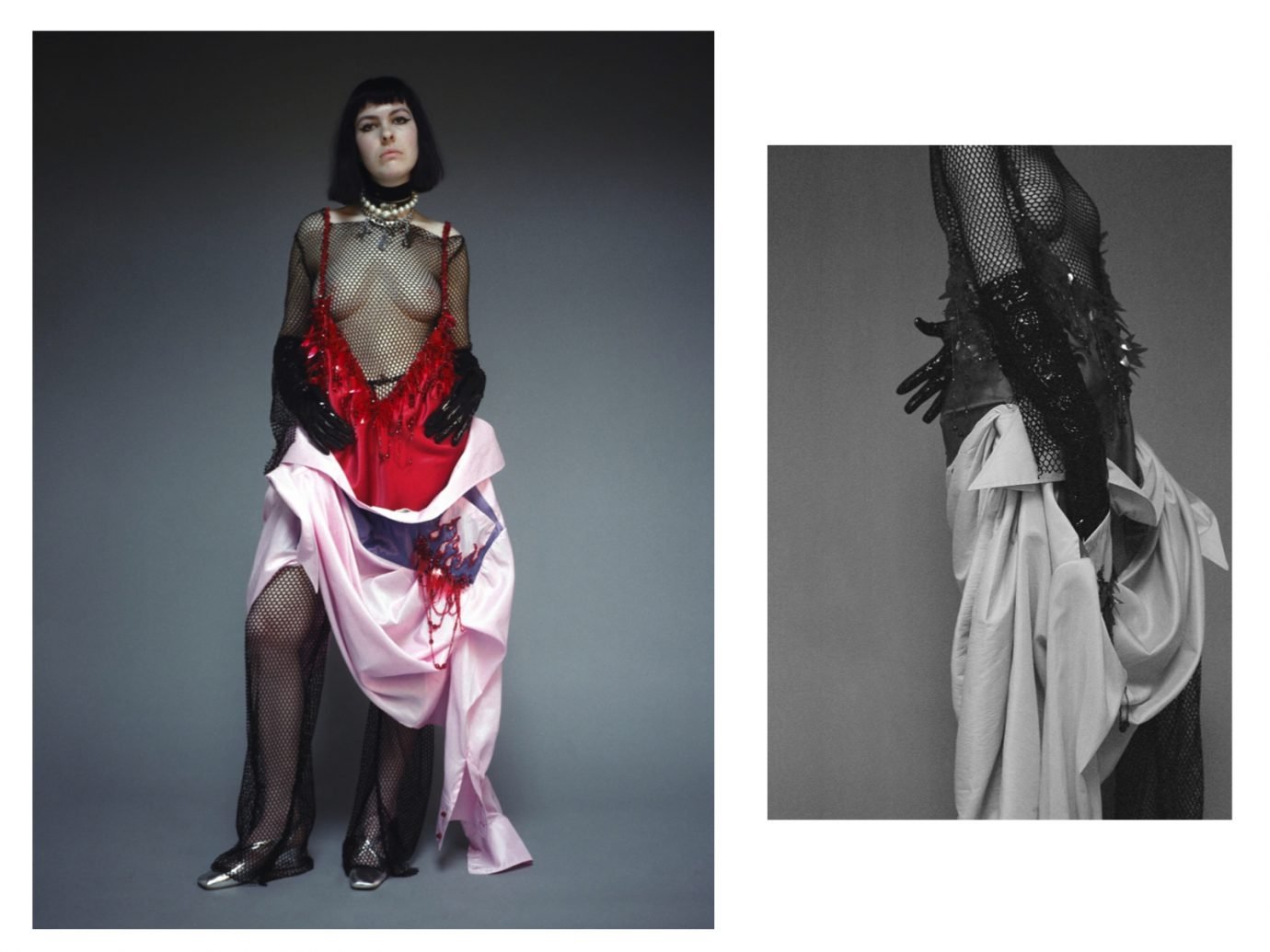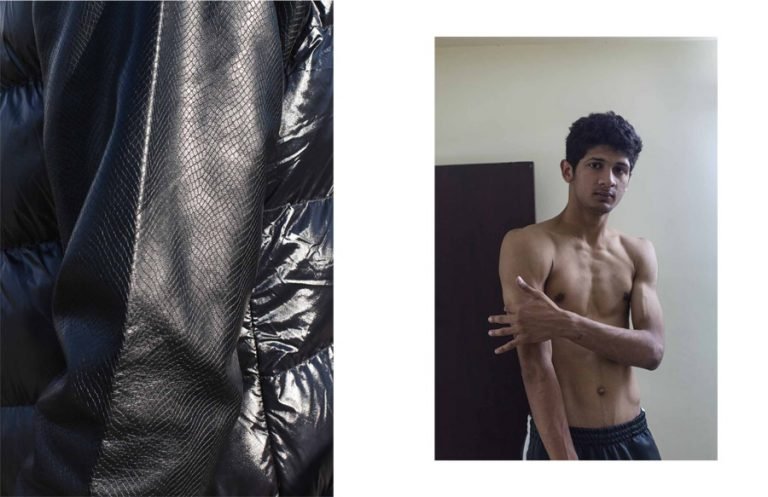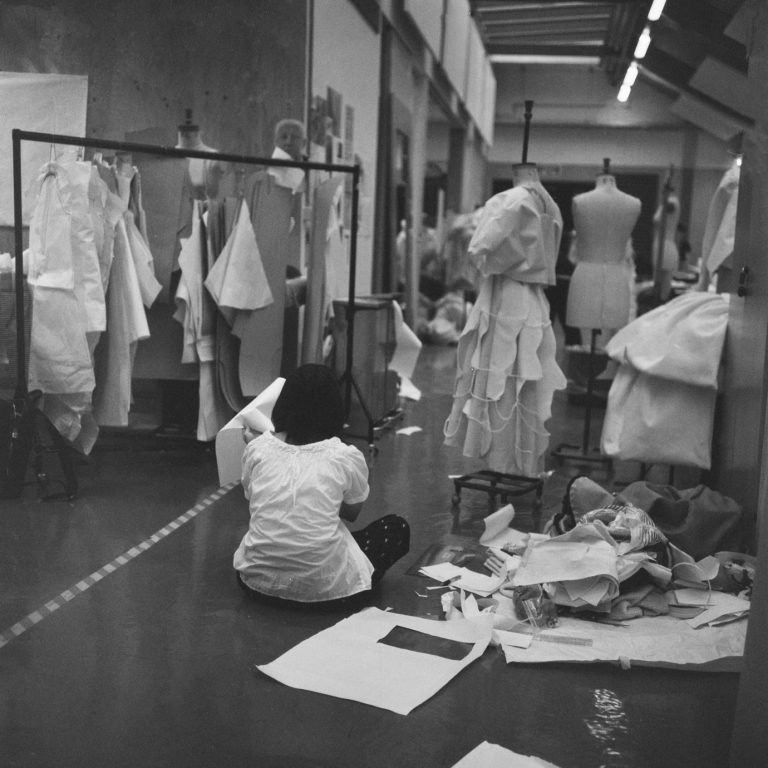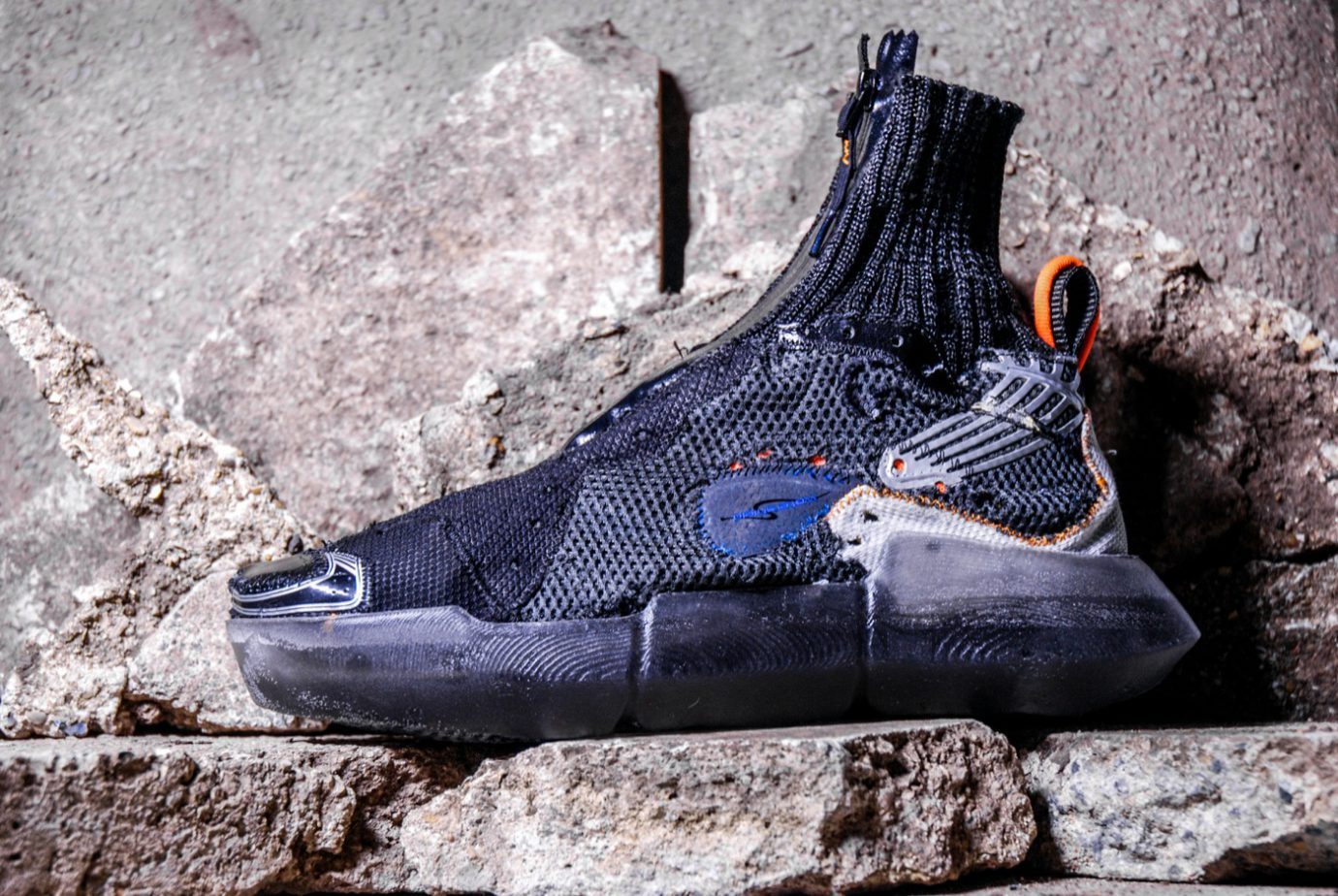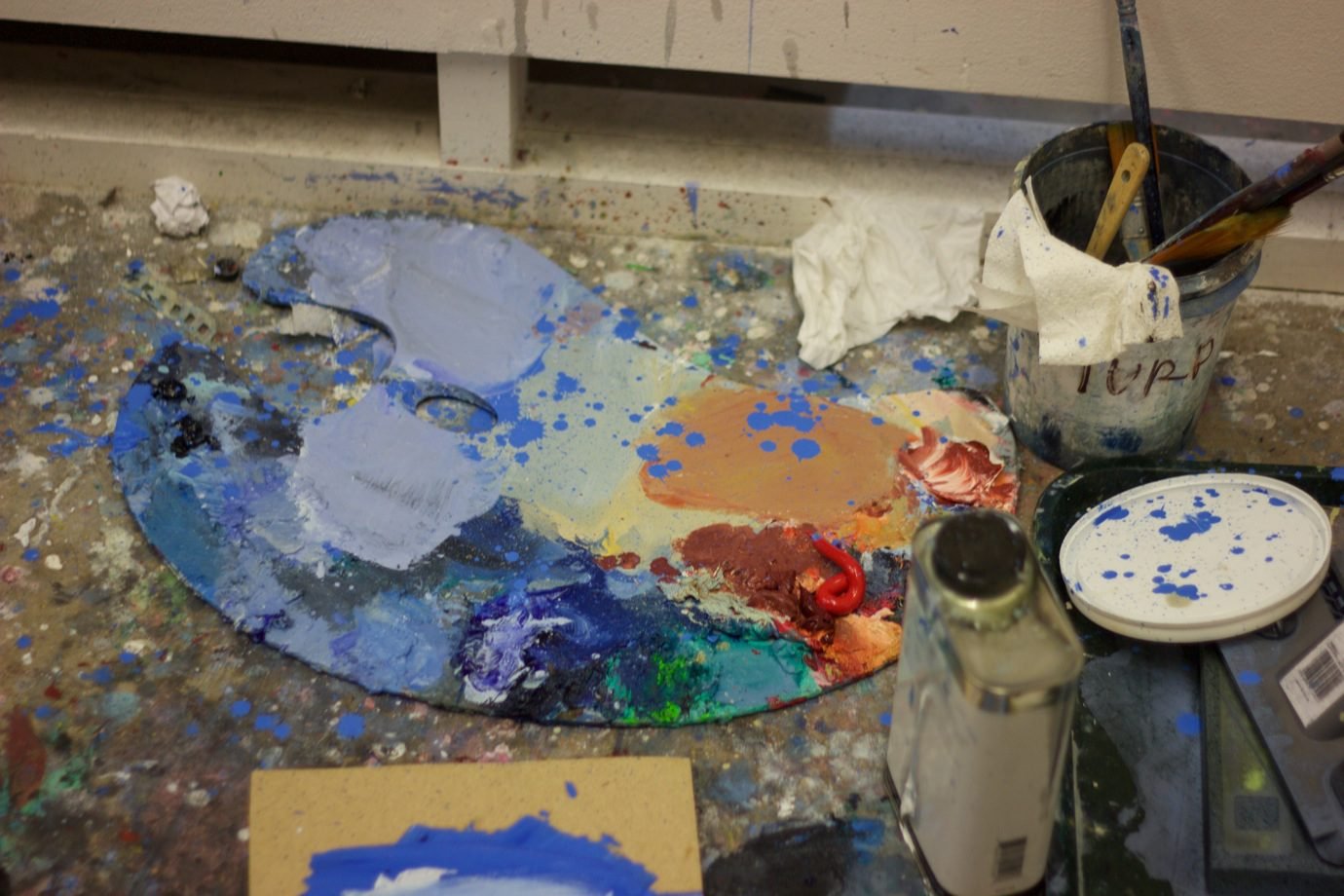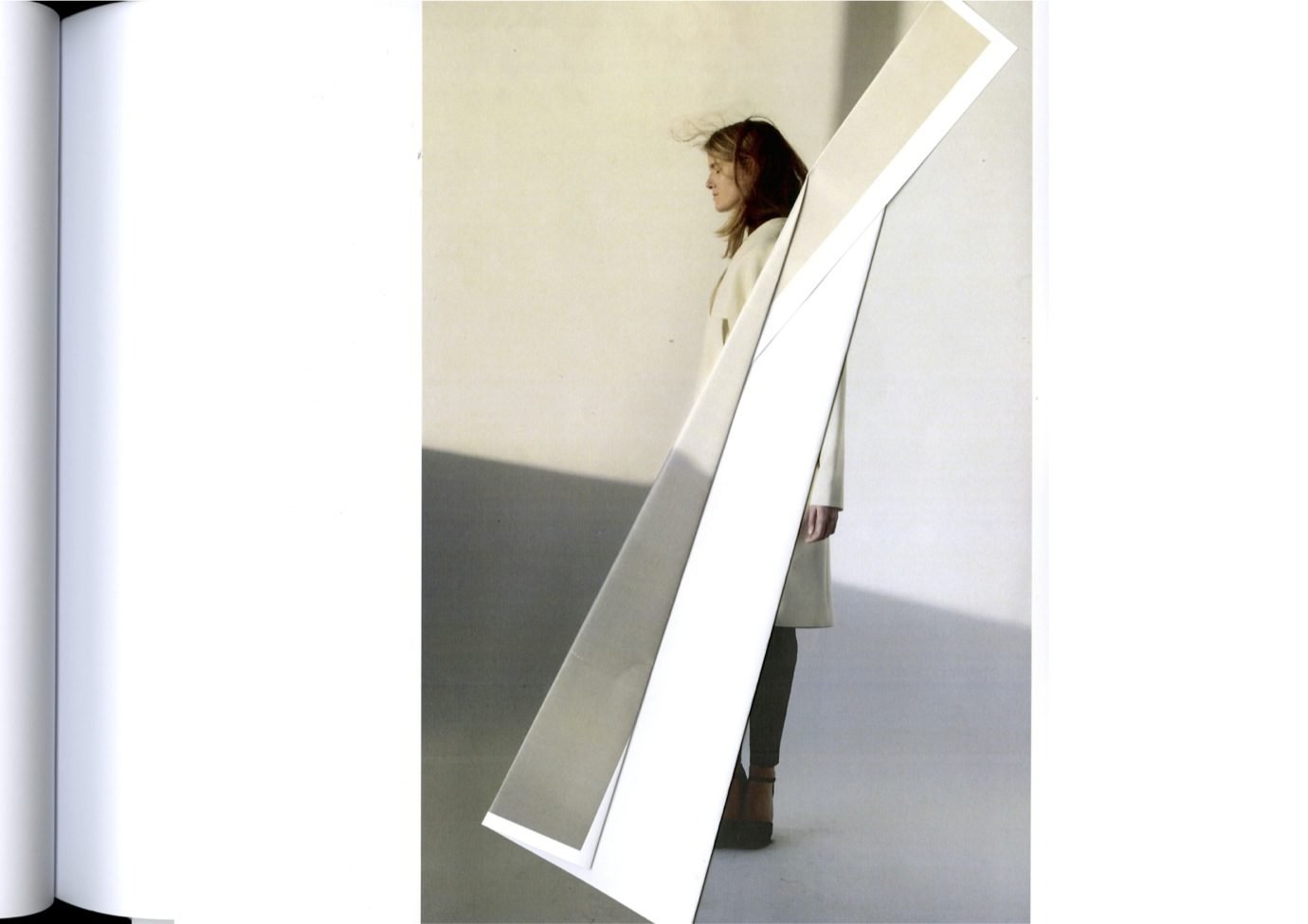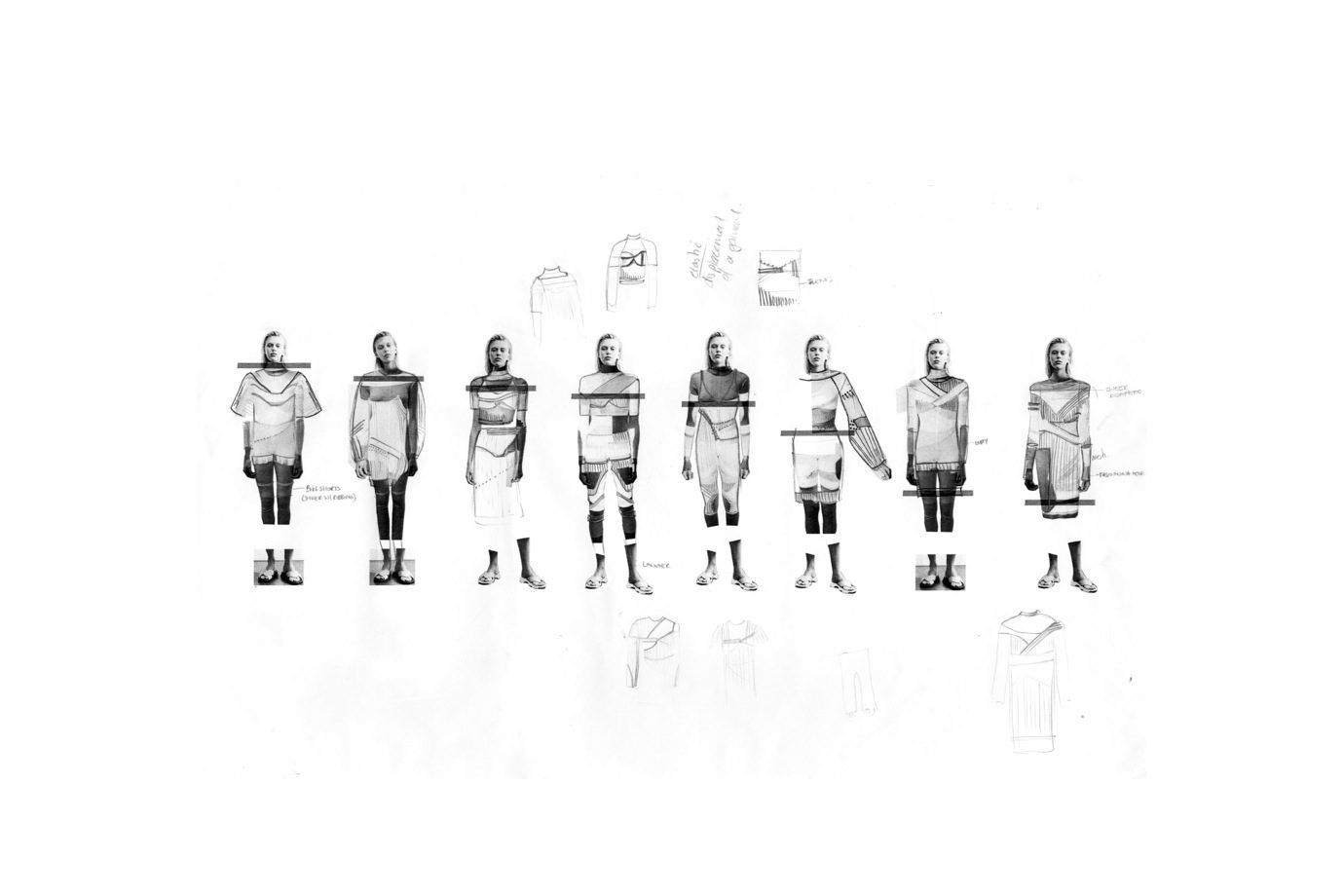“WE JOKE IN THE OFFICE THAT WE ARE JUST NOT MADE FOR STREET STYLE, AS OUR FAVOURITE COLOURS ARE DARK NAVY AND CHARCOAL.” – NICOLE PHELPS
When Nicole was around 12 years old, she thought of becoming a fashion designer. “I had come up with this really great concept for overalls with chiffon pants, and I thought I was on my way. Over the years I realised that I was probably better with words than I was with images,” she reflected in a style.com video. Fast-forward more than a decade, and Nicole has worked for Elle, WWD, W Magazine, and became Style.com’s executive editor in 2004, four years after its launch. The move surprised her former colleagues, as it was not considered ‘chic’ at the time, and there were many reasons why fashion seemed slow to move online and wanted to stay in print. “There is a value to paper,” Phelps explains and notes how designers were afraid their designs would be copied, while retailers feared that collections would sell badly if they could be seen so early in advance. If only the skeptics knew about the power of Insta-access to design imagery a decade later, and the way it drives consumer engagement and positively transformed (e-)commerce. Nicole is in favour of a ‘digital push’ to transform not only fashion media, but also how shows are staged by designers. Recently she wrote about fashion shows needing a rethink, where she gave credit to the highly successful ‘Instagram show’ model that was explored by designer Misha Nonoo; setting an example for young designers to re-evaluate what methods are most favourable to present their collections with a limited budget.
Instagram is a great means of communication for designers, but what’s in it for journalists who are not the flamboyant peacocking type? When Phelps appears on street style blogs, it’s almost as if she were not aware of her picture being taken. The observation rouses laughter, and Phelps pledges that she will make ‘street style improvement’ her resolution for 2016. “I think as I have been working in the industry for a long time, it works against me, it feels phony. We joke in the office that we are just not made for it, as our favourite colours are dark navy and charcoal. It just doesn’t make a good street style picture.”
“I WISH I COULD SAY NICOLE TAUGHT ME DISCIPLINE, BUT ALL I COULD DO WAS ADMIRE HERS FROM AFAR.” – TIM BLANKS
Having been writing pre-collections reviews throughout January, Phelps will soon be gearing up for the womenswear shows that shall take her to Paris, London, Milan and back to the NYC sofa we’re sitting on. In Style.com video coverage, she shares that “as arduous and all-consuming going to the shows for almost a whole month is — I really do love the action of it, and really having something to do at the shows; to turn around your thoughts really quickly — it’s a lot of pressure, but it makes you a much more critical thinker.”
She reflects on how she often does not go to bed before 2am on show days, many of which used to be spent together with fellow critic Tim Blanks, who tells us that one of his fondest memories of working with Nicole will always be “the late nights in hotel rooms, labouring over the day’s reviews, lubricated with the finest wines the room service menu could provide.”
But while fine wines may lubricate, some shows simply don’t. “It’s hard to come up with brilliant things to say on cue six or seven times a day, right?” Phelps says. “Especially when collections aren’t brilliant. You have to have an opinion, otherwise it gets sent back to you for more opinion, but it’s tricky having opinions because sometimes it’s not what designers want to hear.” Does she give some designers an easier ride than others because of a friendship? “I think the designers understand exactly what our job is and respect it. There is always that one collection that is not as strong, and we tell that to a designer as constructive feedback. We do sometimes have the brand or the PR company calling and saying that they were unhappy with the review, that they felt it was unfair, but we do explain…”

